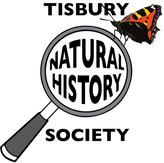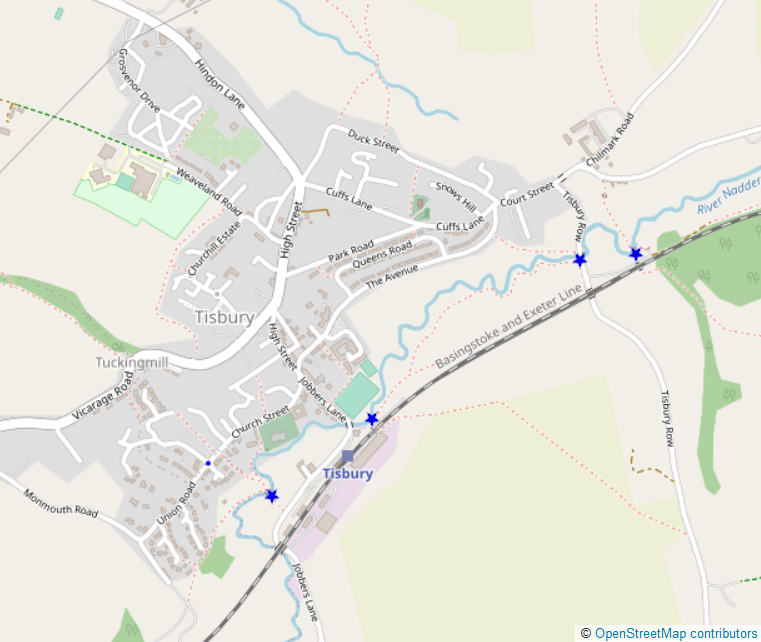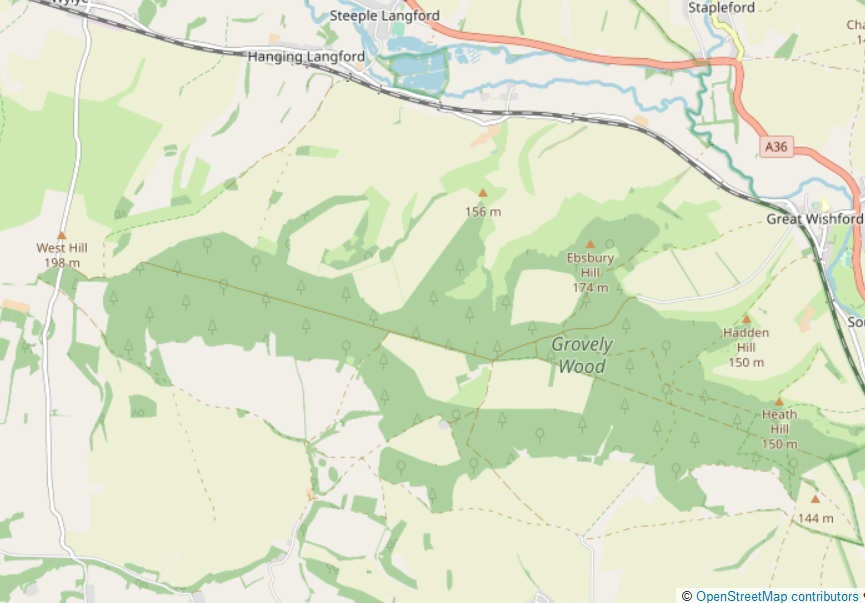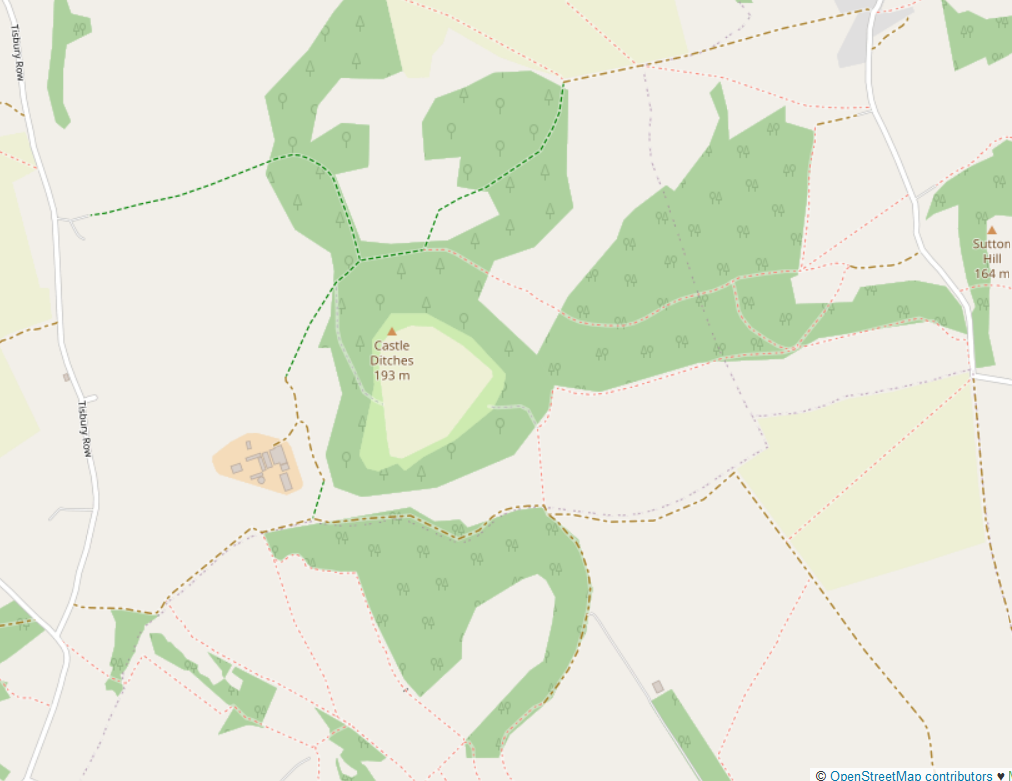Photo and text: Hare (Inés López-Dóriga)
What mammals can I find in Tisbury and surrounding areas?
Did you know that there are a total of 107 species of mammal in and around the UK? You can have a look at the full species list on the Mammal Society dedicated website. As Wiltshire does not have any sea, the mammal species list is severely reduced by at least 30 cetacean species. You can find more information on the Wiltshire mammals by having a look at the Wiltshire Mammal Atlas, published in 2017.
In this page, we have compiled a list of the known wild mammals (N = native, I = Introduced) that we can find in our area. We have left behind humans and other domesticated mammals, whether feral or captive! If we have missed any other interesting mammals, we would love to hear about it, please let us know.
In this page, we have compiled a list of the known wild mammals (N = native, I = Introduced) that we can find in our area. We have left behind humans and other domesticated mammals, whether feral or captive! If we have missed any other interesting mammals, we would love to hear about it, please let us know.
|
Terrestrial and aquatic mammals
So far, 29 species of mammal (excluding bats) have been recorded in the area of Tisbury and surroundings:
|
Bats
Did you know that almost all 17 species of bat present in the UK have been recently found in surveys in Tisbury?
|
Where can I spot mammals in and around Tisbury?
The river and other water bodies (such as Fonthill Lake) or woodland rides (such as in Wardour Woods or Grovely Wood), and particularly in areas without street lights or light pollution, are fantastic spots to watch bats feeding on insects. The best time to go bat spotting is at dusk and after, from at least April till October (and generally on warm nights outside those periods too!). Bats are protected and vulnerable to human disturbance by light and noise, please don’t attempt to see bats in their hibernating and sleeping places. More info on how to spot and help bats.
It can be difficult to predict where to spot other land mammals, as most wildlife will avoid human encounters at all costs. However, we have a few tips on locations where you may have higher chances of observing mammals if you follow a few considerations.
If you spot any mammals in or around Tisbury, please record it or let us know the details and we will record it for you.
It can be difficult to predict where to spot other land mammals, as most wildlife will avoid human encounters at all costs. However, we have a few tips on locations where you may have higher chances of observing mammals if you follow a few considerations.
If you spot any mammals in or around Tisbury, please record it or let us know the details and we will record it for you.
|
The River Nadder. Peep from the bridges towards the river or walk quietly along the public or permissive footpaths around the River Nadder at dawn and you may be able to see water voles, otters and, sadly, possibly American mink. If you are lucky, you may see them swimming in the water or scurrying near the banks. If you have not been sufficiently careful when approaching the river, you may hear a “plop” and see some waves in the water, hinting at the location where they have hidden. If you can approach the river banks, you may be able to observe footprints and burrows, and possibly even poos! Did you know that otter poo smells of jasmine? Here is a guide on how to identify otter marks and here are some useful tips on how to go water vole spotting and how to identify water vole field signs. Otters and water voles are protected species, so if you see them, please do not disturb them nor their resting places.
|
|
Grovely Wood. Deer, rabbits, foxes and other mustelids (stoats, weasels…) have been seen on the rides of Grovely Wood in broad daylight. At night you may also see badgers and if you look up the trees, you may also see grey squirrels. But even if you don’t see them, these animals often leave a series of tracks and signs behind along the sides of the rides, such as snuffle holes, droppings, eaten conifer cones, scats and footprints. Did you know that you can identify quite accurately most of these? Here is a guide to some of the most common ones.
|
|
Footpaths along woodland, for example in the area of Castle Ditches are often productive in hazelnuts with small mammal nibble marks. Did you know you can tell which species of mammal ate the hazelnuts depending on the orientation and arrangement of the teeth marks in the shells? For more information, see this handy key.
|
Public footpaths across farmland. Tisbury and the Nadder Valley has a wonderful network of public footpaths. If you walk quietly along footpaths across open land on a moonlight night, you have good chances of seeing foxes, hares, rabbits, deer, badgers, and maybe even hedgehogs, foraging for food, be it grass, a cereal crop, earthworms or other tasty treats. Their sight is not necessarily very good but their hearing and their sense of smell is often fantastic, so they may hear you and smell you before seeing you; be sure to always have the wind towards you from where you are expecting mammals to emerge so you can't be smelt or heard. Badgers are protected, please observe them quietly and do not disturb them nor their setts.
Do you know of any other good spots for observing mammals in or around Tisbury? Let us know!
Do you know of any other good spots for observing mammals in or around Tisbury? Let us know!
Tips to spot mammals
|
Do:
- Go on a walk at dusk or dawn - Walk slowly and be quiet, if you need to speak, do it as a whisper |
Don't:
- Take a dog with you - Use a torch or listen to music |
Our society and several of our committee members and regular members take part at different levels in mammal recording and surveying, in collaboration with or for schemes for different organisations such as the Wiltshire Mammal Group, the Mammal Society and the People's Trust for Endangered Species. If you would like to get involved with our mammal recording activities in our area, please get in touch.
Proudly powered by Weebly



